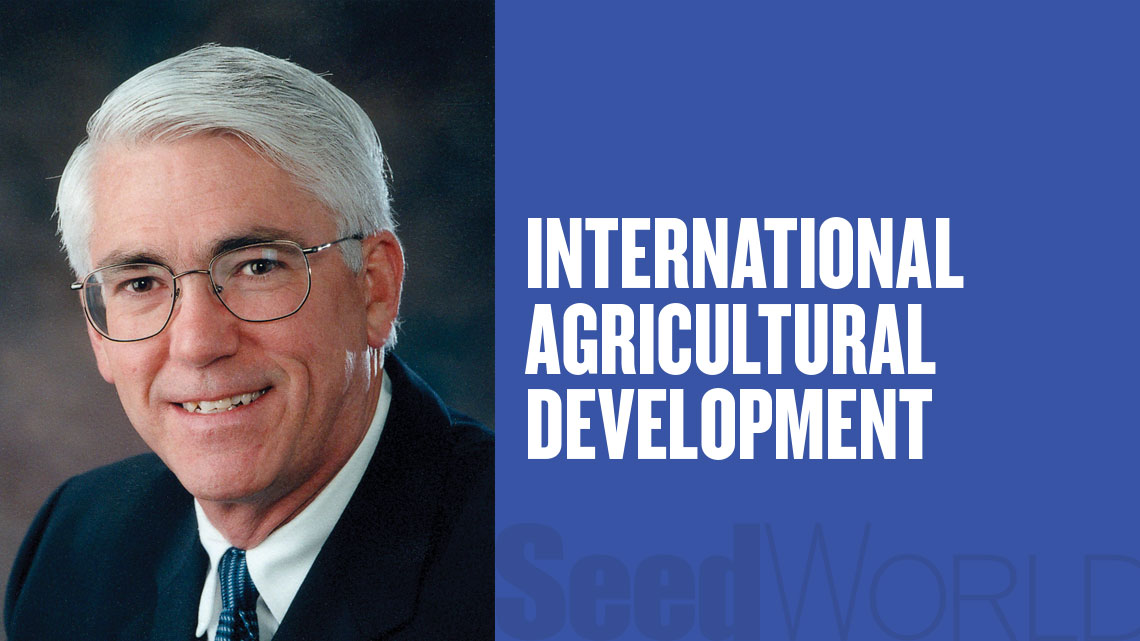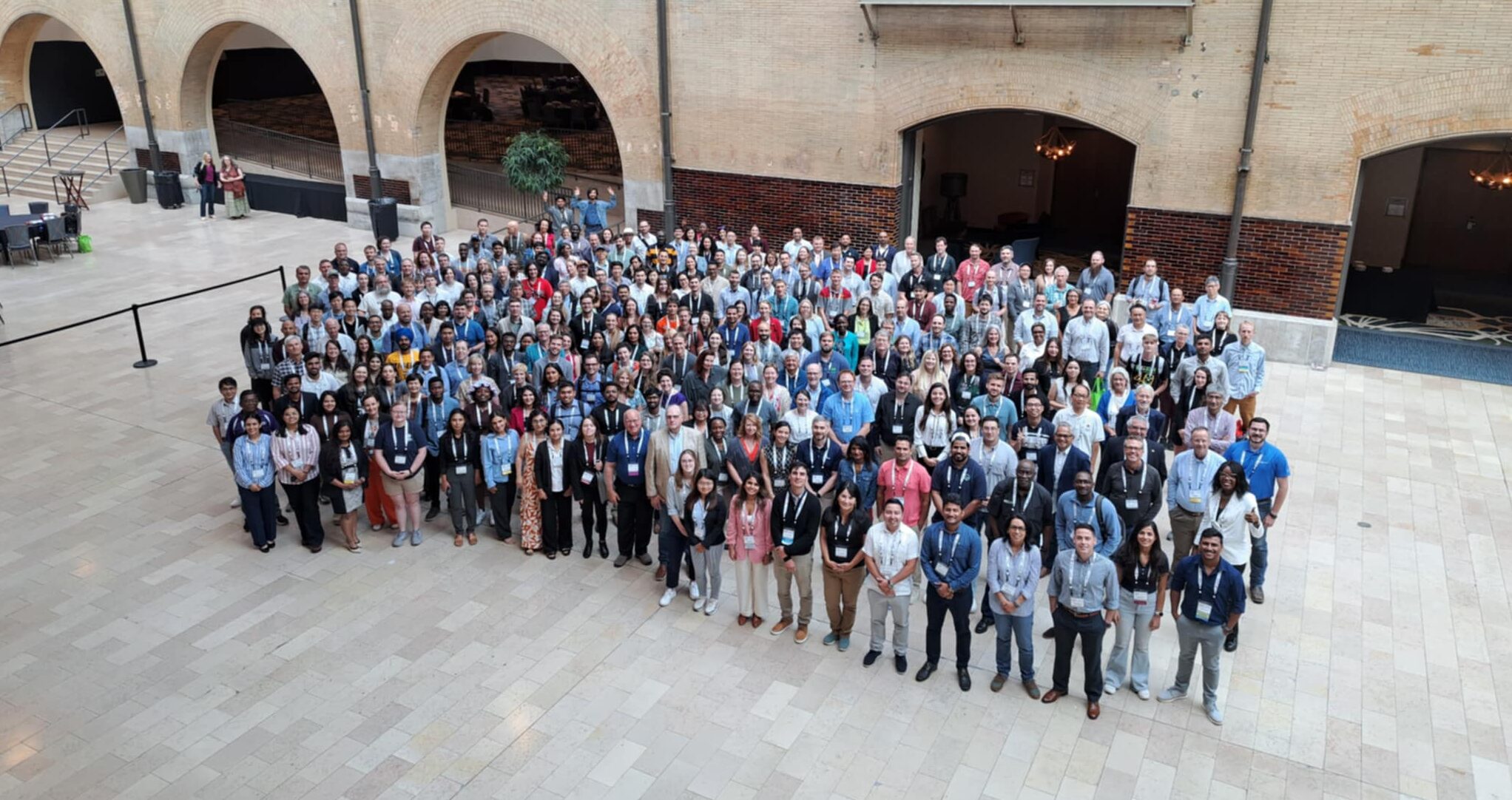Following a Peace Corps post in Mali in the mid- to late-1980s, Kerry Clark joined the University of Missouri as a soybean breeding research associate. For nearly 20 years, she managed its variety development program. However, shifting research interests eventually led her to enter the soil science doctorate program to study the impacts of organic farming.
Her unique background garnered her an invitation to become a research associate on the team of Kristin Bilyeu, a U.S. Department of Agriculture research molecular biologist based at the University of Missouri. Here, Clark implements village level activities in Ghana and Mozambique. Clark’s work supports that of Bilyeu who is the principal investigator of grain and seed quality for USAID’s Feed the Future Innovation Lab for Soybean Value Chain Research project. The collaborative USAID program is known as the Soybean Innovation Lab (SIL), which is administratively housed at the University of Illinois.
A Slice of Life
Having traveled more than 8,000 miles, she deplanes in the south African nation of Mozambique and hits the ground running. “When I arrive, I spend a week putting the Soybean Success Kits together,” she says. “Then we load them up and head to the villages.”
In Mozambique that means trekking to six villages located in three geographical regions. To reach some villages, it requires 12-15 hours of challenging travel.
Some 3,500 miles away in Ghana, she visits nine villages — three each in different regions.
“A government Extension agent goes with us,” Clark says. “Villagers sit under a big tree and we talk to them about the kits and what they can do with soybeans,” She encourages the Extension agent to assume the public leadership role during farmer meetings. After participating in the educational sessions, each farmer is presented with a Soybean Success Kit, which contains 5 pounds of seed from a locally (African) developed soybean variety; 4 pounds of fertilizer; and soybean inoculant. Agronomic instructions, in diagram and print format, can be found on the poly bag housing the kit.
In total, 2,400 households received kits, were provided information and shown demonstrations about how to inoculate and plant soybean seed. Production and harvest information was also presented.
In Mozambique, farmers were very happy to be getting the kits but Clark was uncertain, due to translations, about what made the farmers so excited. Was it the soybean seed? The inoculum? The fertilizer? The kit as a whole? Just receiving a gift? Or that someone expressed care? Follow-up visits are planned during the growing season to learn more about their experiences and how many properly used the kit.
Soybeans for direct human consumption versus those for commercial oilseed markets hold different promise and present researchers with different problems. Bilyeu is working to develop low-latitude, low-processing soybean varieties for direct human consumption. Low-processing soybeans provide better taste and more nutrition, while requiring less labor.
Soybeans are an excellent crop to sell for cash, providing the local value chain includes market outlets, and for enriching diets with protein. Once people in Africa get the initial seed, they can keep some to grow the following season, or they can use their profits to buy fertilizer, seed and food.
The villages in both countries are very poor. Per capita annual income is about $400. Those fortunate to have employment can expect to receive a typical daily wage of $1.50. Most of the population are subsistence farmers, meaning they grow all their own food, often not enough, and usually have nothing left to sell. Without cash generation, households are unable to meet other basic needs such as education for children.
Clark’s most recent work in Ghana coincided with the end of the dry season. Some villages had fully depleted food supplies, she says, explaining that the past season’s harvest had been totally consumed. And planting for the next season had not yet started.
Villagers had no money to make purchases from regions where food might have been more plentiful. Life is extremely hard but people are industrious and make do with what little they have.
The efforts of caring and talented people, such as Clark and Bilyeu, are to be commended. They hope their contributions will result in providing farmers more disposable income and more nutritious food.











